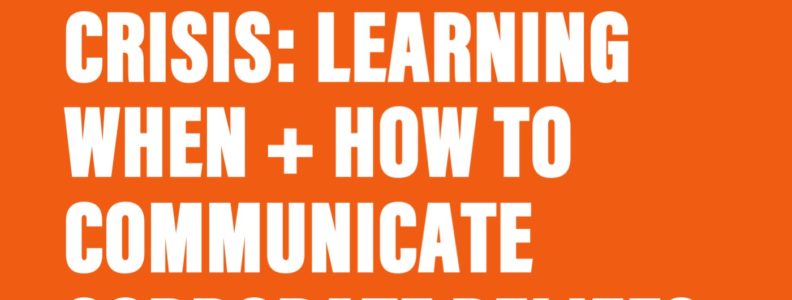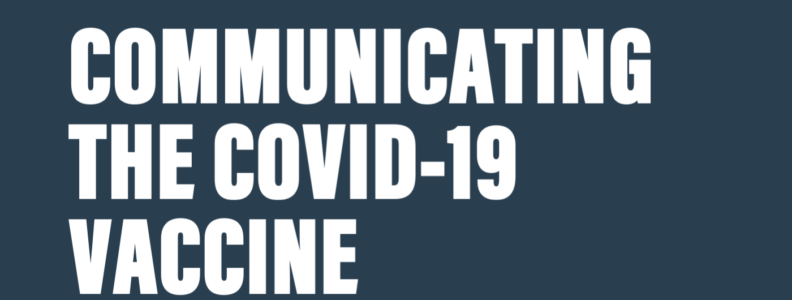Which audience is most important for your business? Many say it’s clients or customers. But often the most overlooked and valuable audience is your employees. Whether it’s communicating about the post-COVID return, your mission and values, or your new offerings, how you engage your employees is critical to your business success. This week on HearSay, Michael and Lee welcome Larry Moscow and Katie Cronen to talk about all of that and more, including why some words like “agile,” efficient,” “innovative” and “transformational” might not be effective and what language you should use instead.
The Language of a Leader in Employee Communications









